Garden design~10% to beauty of creativity
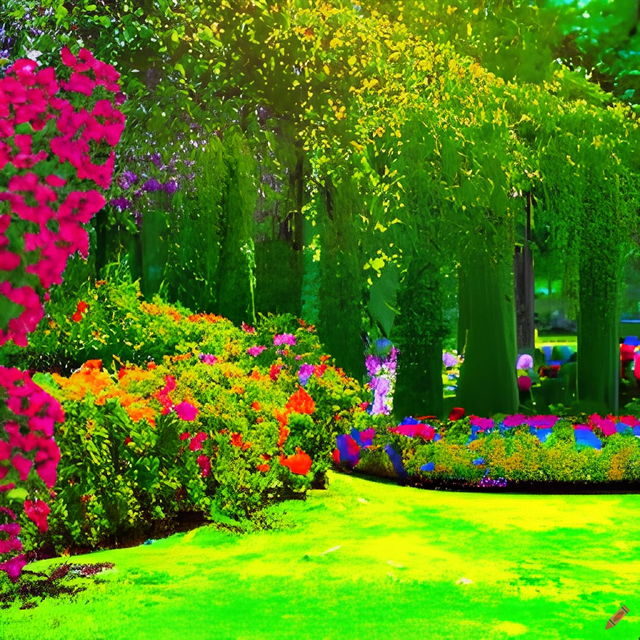
Garden design is the process of creating an outdoor space that is both functional and aesthetically pleasing. Whether you have a large backyard or a small patio, a well-designed garden can add value to your home and provide a relaxing retreat from the hustle and bustle of daily life. Garden design encompasses many different elements, including plants, trees, water features, hardscaping (such as paths, walls, and fences), and furniture. In this article, we'll take a closer look at each of these elements and how they contribute to the overall look and feel of a garden.
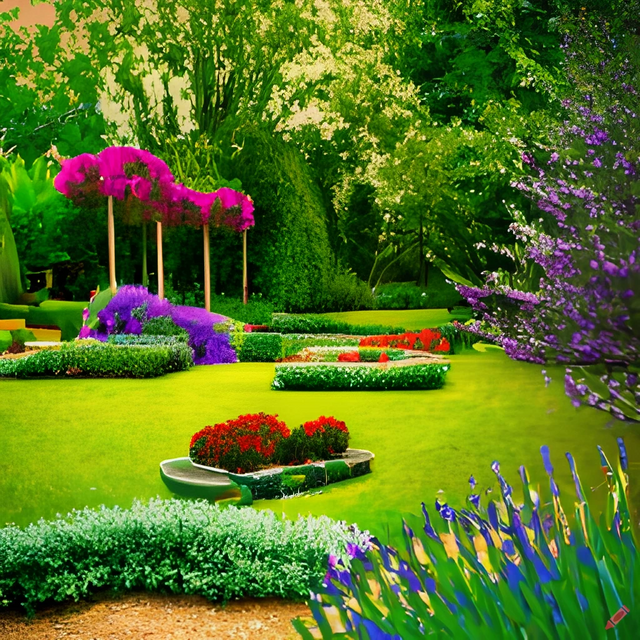
Plants and Trees
Plants and trees are the foundation of any garden design. They provide both form and function, offering shade, privacy, and beauty to an outdoor space. When selecting plants and trees for your garden, it's important to consider their size and growth habit, as well as their cultural requirements, such as light and water needs. Whether you prefer colorful flowers, lush foliage, or fragrant herbs, there is a wide variety of plants and trees to choose from. You can also use plants to create focal points, to define outdoor spaces, or to provide structure to a garden.
Water Features
Water features, such as fountains, ponds, or streams, can add a soothing and tranquil element to a garden. The sound of running water can help to mask the noise of traffic or other distractions, while also providing a peaceful and relaxing environment. Water features can also be used to create a sense of movement and interest in a garden. When designing a water feature, consider factors such as size, location, and the type of plants and wildlife that it will attract.
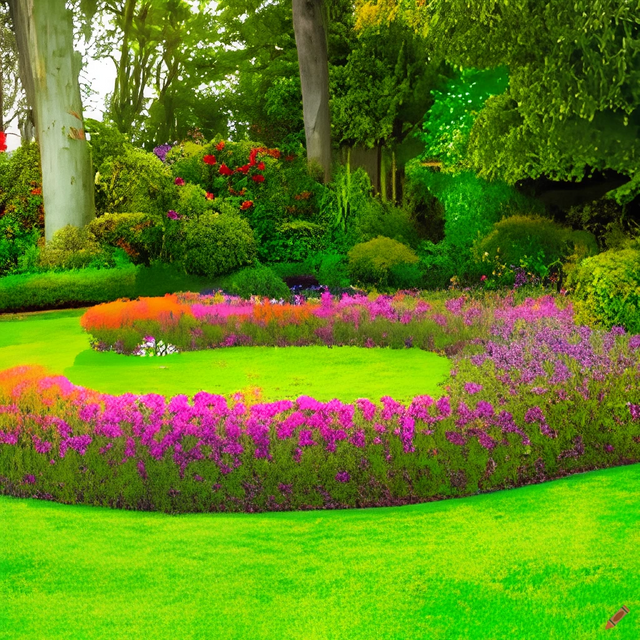
Hardscaping
Hardscaping refers to the use of non-living elements in a garden, such as paths, walls, and fences. These elements can be used to create structure, define outdoor spaces, and provide privacy. For example, a well-placed pathway can provide a clear connection between different parts of a garden, while a low wall or fence can help to define a specific area and provide a sense of enclosure. When designing your hardscaping elements, consider the materials that you'll use and the impact that they will have on the overall look and feel of your garden.
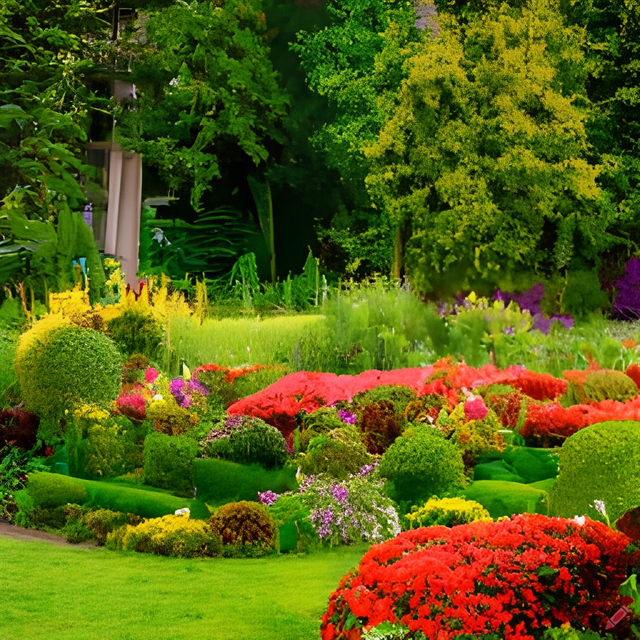
Furniture
Furniture can be a great addition to a garden, providing a place to relax, entertain, or simply enjoy the outdoors. When choosing furniture for your garden, consider the type of activities that you'll use it for, as well as the size and style of the furniture. You can choose from a wide variety of materials, such as wood, metal, or wicker, to create a look that is both functional and stylish. Whether you prefer an intimate seating area for two, or a large dining table for entertaining, there is furniture to suit any garden design.
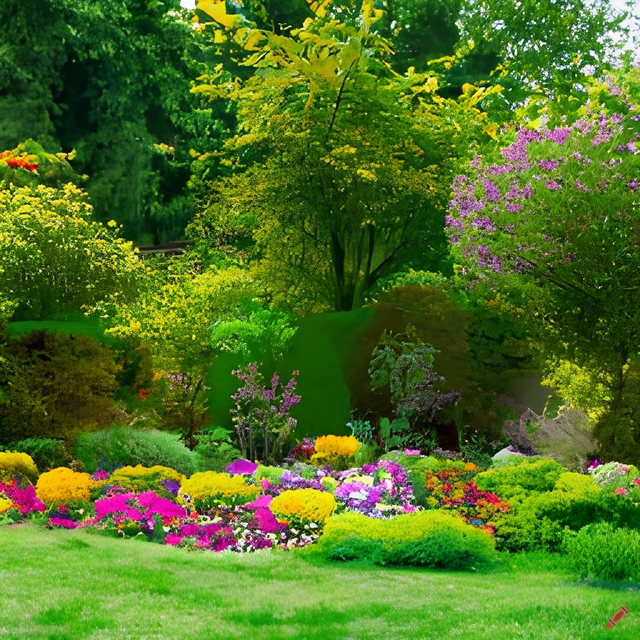
In conclusion, garden design is a creative and rewarding process that can transform any outdoor space into a beautiful and functional retreat. Whether you're starting from scratch or simply looking to refresh an existing garden, the key to success is to consider each of the elements and how they will contribute to the overall look and feel of your garden. With careful planning, attention to detail, and a little bit of creativity, you can create a garden that is both functional and beautiful.